Upper Donside’s blue hare population is booming. Grouse keeper Alex Jenkins shares the secrets of success
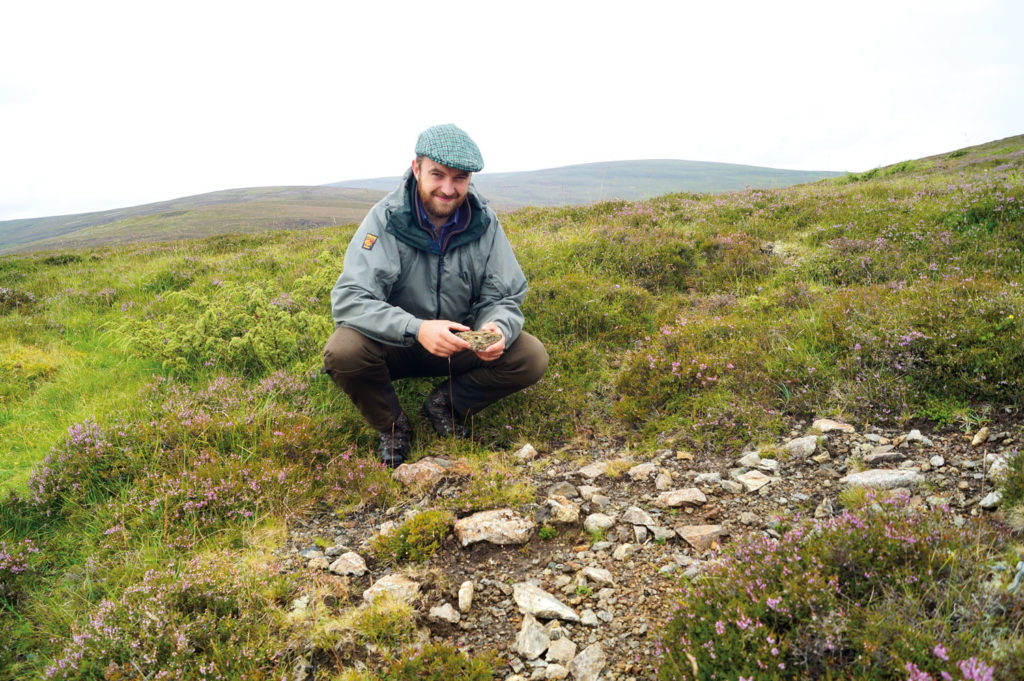
“We’ve always had a lot of mountain hares. It’s a success story for us,” said Alex Jenkins, headkeeper on the 15,000-acre Edinglassie Estate in Upper Donside, Aberdeenshire.
Estate facts
- Location: Donside, Aberdeenshire
- Type of farming: sheep and beef
- Acreage: 15,000 acres (12,850 moorland, 1,200 pasture, 700 woodland)
- Funding Grants: Agri-Environment Climate Scheme
Alex attributes their flourishing number to two main factors: good habitat and the predator control carried out as part of his grouse management. This tallies with the wider picture in North East Scotland where, in spite of their range shrinking nationally, mountain hare numbers are 35 times higher on driven grouse moors compared to unmanaged areas.
In particular, hares benefit from the new heather growth after managed burning. Muirburn plays a vital role in the management of Edinglassie, which is a mix of dry heath and wetter moor at altitudes of up to 2,500ft. Controlled burning is an essential tool to rejuvenate heather moorland, huge swathes of which were lost after World War II through commercial forestry and over-grazing. In Donside, entire moors were covered in non-native commercial plantations, which support very little wildlife.
The current trend in the Cairngorms National Park is for planting native woodland, and Alex is concerned that it might lead to the loss of more heather and mountain hares with it. He said: “It’s important to remember that the majority of Europe’s upland heather moor is found in the UK. These moors were designated SSSIs largely because of the habitat and wildlife preserved by grouse management, so these techniques need to be maintained to keep them in good condition.”
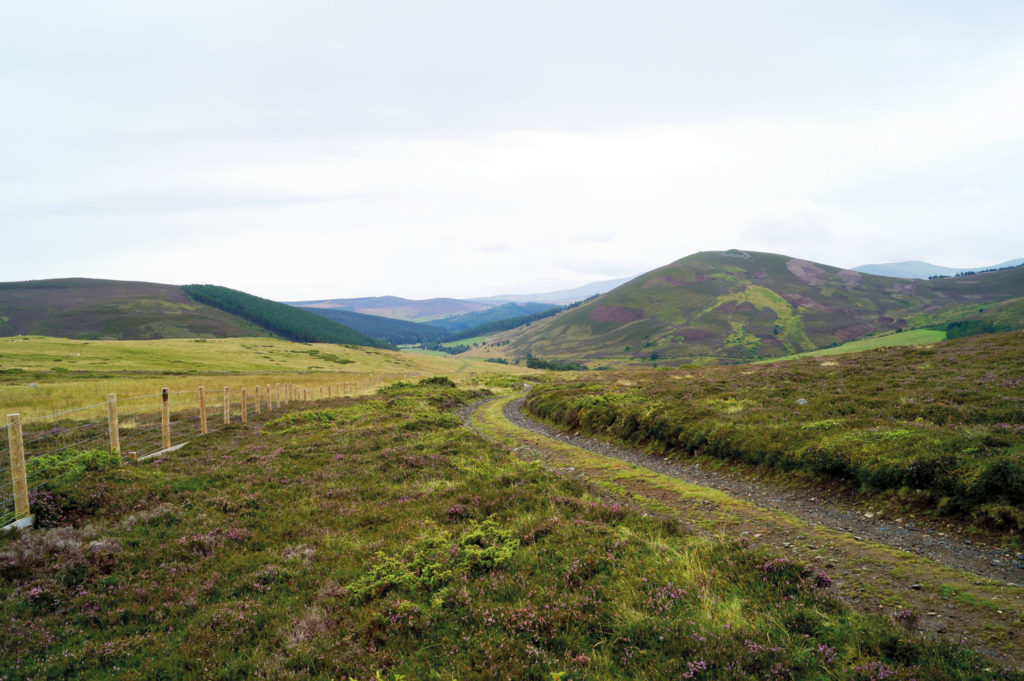
Indeed, today’s conservation successes at Edinglassie are a continuation of the work of previous keepers, in particular Alex’s predecessor, Derek Calder, who retired in 2016 after 28 years and put in place much of the estate’s conservation infrastructure.
As well as afforestation, moorland suffered from being drained for agriculture in the post-war drive for food production. A common misconception is that this was done for grouse. In fact, the reverse is true and, like most grouse moors, Edinglassie has been filling in its ditches, creating 150 dams last year alone. Regulating the intensity of sheep grazing is another essential element in restoring the heather and other moorland plants on which hares, grouse and other threatened wildlife depends.
Alex said: “Historically, the sheep roamed where they liked and plants got hammered, particularly along the hill fringe and around the gates. Now the estate is farmed virtually all in hand, the number of breeding sheep has been reduced to about 2,500 on 12,000 acres, and they are kept off the hill in the winter.”
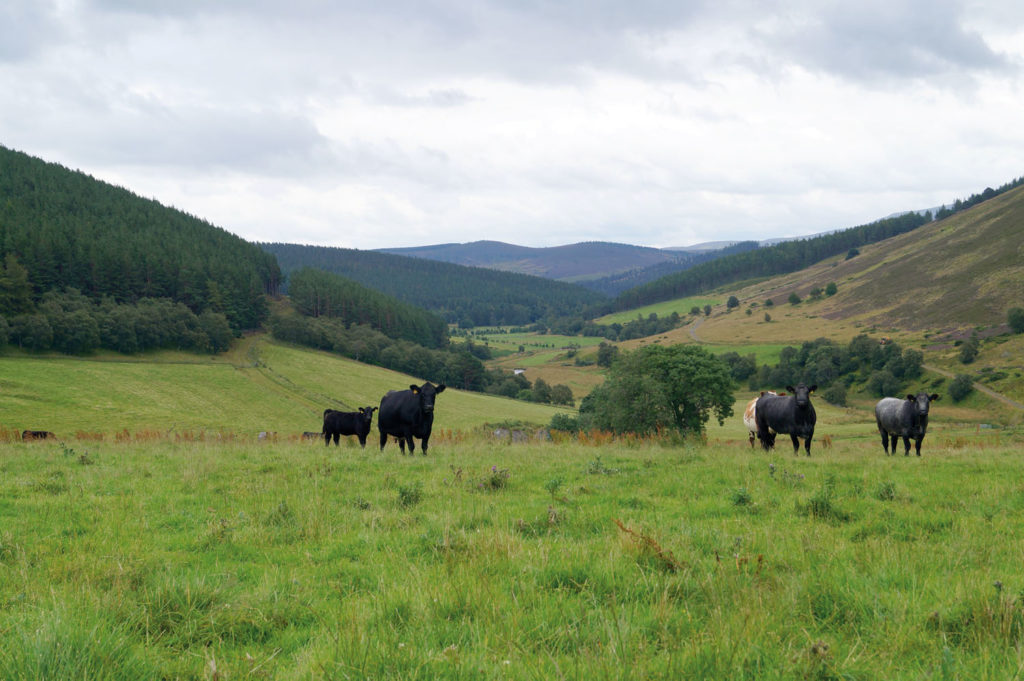
The grazing regime benefits heather and other moorland plants. The parts of Edinglassie within SSSIs are overall in ‘favourable maintained condition’, including the Green Hill of Strathdon, which features rare serpentine rock and supports important native grasses such as black spleenwort, common scurvy-grass and mossy saxifrage.
Conservation management at Edinglassie is supported by other agricultural businesses run by its owner, Charles Pearson. Alex said: “Charles’ mindset and mine are similar in that everything we do here has to be for the benefit of wildlife. We are fortunate that he has profitable farming enterprises in other parts of Aberdeenshire that underpin the work done at Edinglassie.”
Conservation in numbers
- 100 percentage of estate in conservation
- 230 mountain hares counted in two tetrad squares
- 38 pairs of breeding curlew counted on Edinglassie
- 170 pairs of breeding waders counted on Edinglassie
The interdependence of the sheep farming and grouse management is key to delivering the conservation goals, and the system provides vital employment in what is a Least Favourable Area (LFA) for agriculture. Alex said: “A lot of people who live in Upper Donside are directly or indirectly connected to the estates. My wife works at the local shop and we have two kids at the village school. At one point there were only 21 pupils, a large proportion of which were children of keepers or shepherds.”
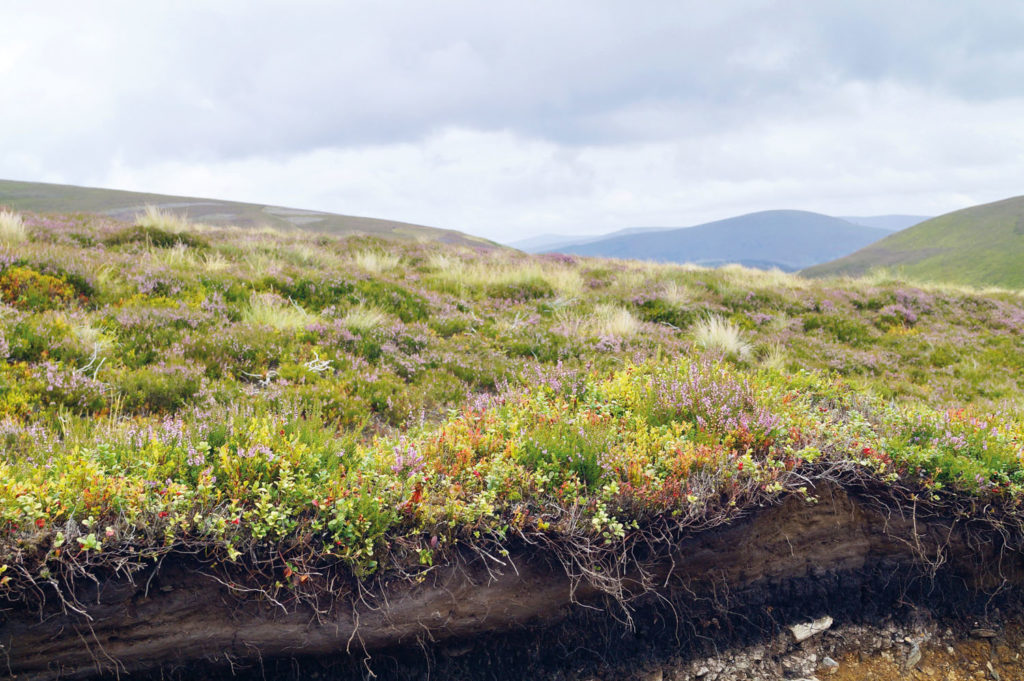
In addition to supporting grouse and mountain hares, the habitat management at Edinglassie provides suitable breeding ground for several red-listed bird species at risk of extinction elsewhere in the UK. Alex said: “In this part of the world we are bucking trends on waders, which are stable or increasing on Edinglassie. This spring we counted 59 pairs of nesting lapwing, 66 oystercatcher and 38 of curlew. There are probably more successful breeding pairs of curlew in Upper Donside than in the entire country south of Birmingham. The National Park Authority acknowledges the work grouse managers do for waders, and we are part of the RSPB Grampian Wader & Wetland Initiative. However, there is a tendency to think habitat can solve everything. It is essential to create the right environment, but there’s no point, if all the chicks get eaten.”
“There are more breeding curlew up here than there are south of Birmingham”
Alex Jenkins
Mountain hares, like ground-nesting birds, appear to benefit hugely from the predator control carried out to help chick survival. One study showed that foxes account for up to 90% of hare predation. On Edinglassie and neighbouring estates, stoats, weasels, crows and foxes are kept to a level where other vulnerable species including curlew, lapwing and black grouse have a chance of survival.
However, Alex believes some protected predators may be inhibiting the recovery of other species. He said: “We have zero tolerance of wildlife crime on this estate and are proud of the many species of birds of prey we have at Edinglassie. Golden eagle, sea eagle, hen harrier and peregrine falcon are regular sights and we have breeding pairs of buzzard, goshawk, sparrowhawk, kestrel, merlin, tawny, barn, short and long-eared owls. But some protected species are having such an impact on everything that it’s difficult to watch.
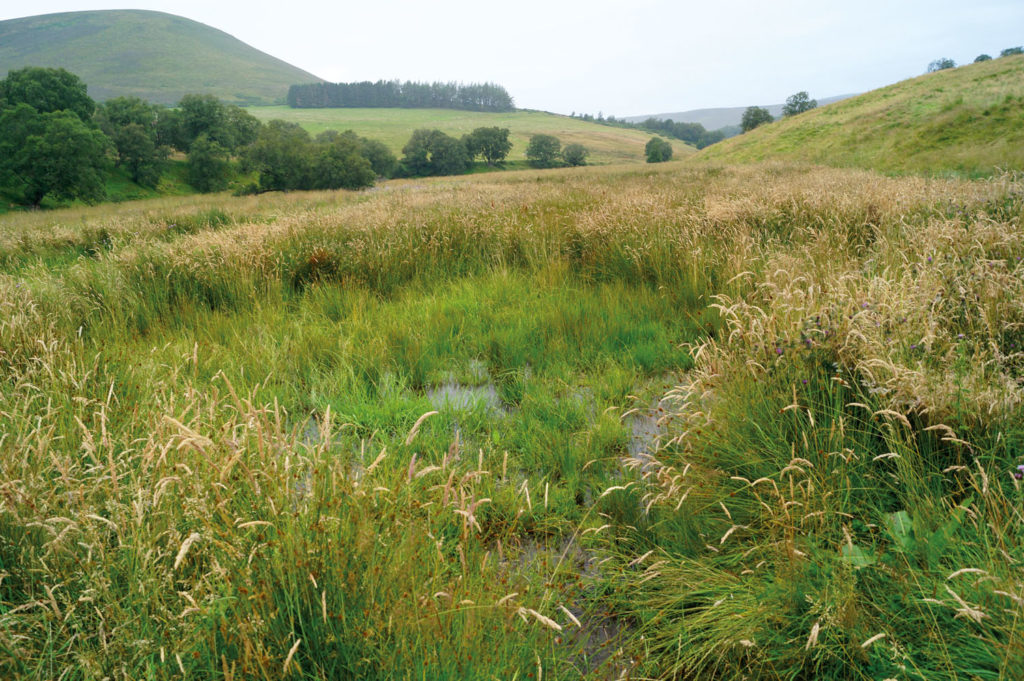
“With ravens it’s not so much the adult pairs; it’s the juvenile flocks of 50-60 birds that appear in spring. They work a hill face together and devour large numbers of ground-nesting bird chicks in a single day. The irony is that we have been granted licences to control ravens to protect sheep, but when one is granted to help an endangered species like curlew, Scottish Natural Heritage is subjected to intimidating abuse and ultimately withdraws it. What’s the point in having a licensing system if a licence is unobtainable?”
The challenges of conserving grouse and other moorland birds does not end with predation. In recent years, despite the estate’s best efforts, it has lost species that are suffering dramatic national declines, including capercaillie and grey partridge. In addition, ticks, and the louping ill virus (LIV) they carry, have greatly increased across Scotland. Edinglassie used to be tick-free but now has a serious problem.
Alex believes tick have spread partly due to reductions in grazing. In the past, sheep were regularly dipped with insecticides, which would kill any ticks attached to them. Sheep still play a very important role in mopping up and killing ticks, but Alex is sure that the parasites and LIV remain the biggest limiting factor in grouse recovery.
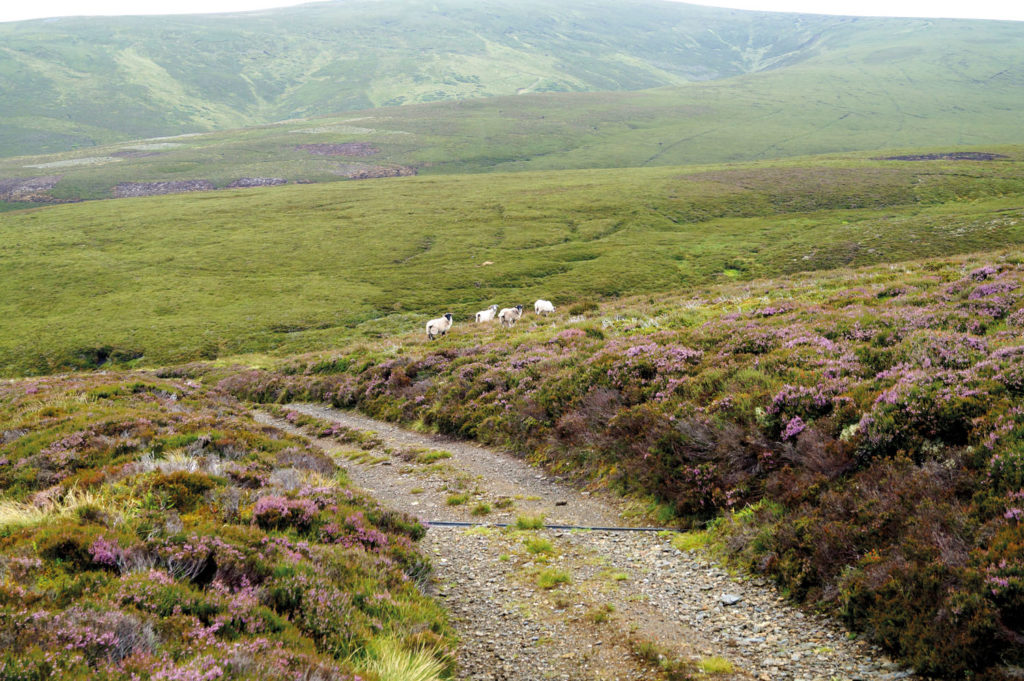
He said: “Three out of five neighbours did not have a surplus of grouse to harvest this season and it’s the same across Donside. I think it’s the increased tick burden combined with four years of very poor spring weather. Tick is a big issue for wildlife conservation. I’ve seen curlew chicks completely covered in them. It seems no one but grouse moor managers are trying to tackle it. We need to get the message to a wider audience.”
Mountain hares also suffer from tick, which transmit infections harmful to humans such as Lyme disease. To reduce the impact of tick-borne diseases, a certain number of hares are culled each year, all of which go to local game dealers.
Looking ahead, along with other estates in Upper Donside, Alex has begun to count mountain hares at night using the new system developed by the GWCT and the James Hutton Institute. The counts and locations are meticulously recorded and will prove an invaluable tool for monitoring population health of mountain hares in the long- term.

Edinglassie will see additional conservation projects taking shape in the coming years, and Alex hopes the current proposals for licensing grouse moors don’t threaten Edinglassie’s conservation successes. He said: “I’d like to reach a middle ground where we have a system of accreditation rather than licensing. The problem with the latter is it could lead to innocent land managers being wrongly accused of wildlife crime, benefits to wildlife being lost and keepers losing their jobs and homes. We recognise there are areas that need to improve, but all sides of the debate should be looking for common ground and recognising the positives. The new generation of keepers understand that their role is no longer simply to manage grouse. They see themselves as working conservationists.”
